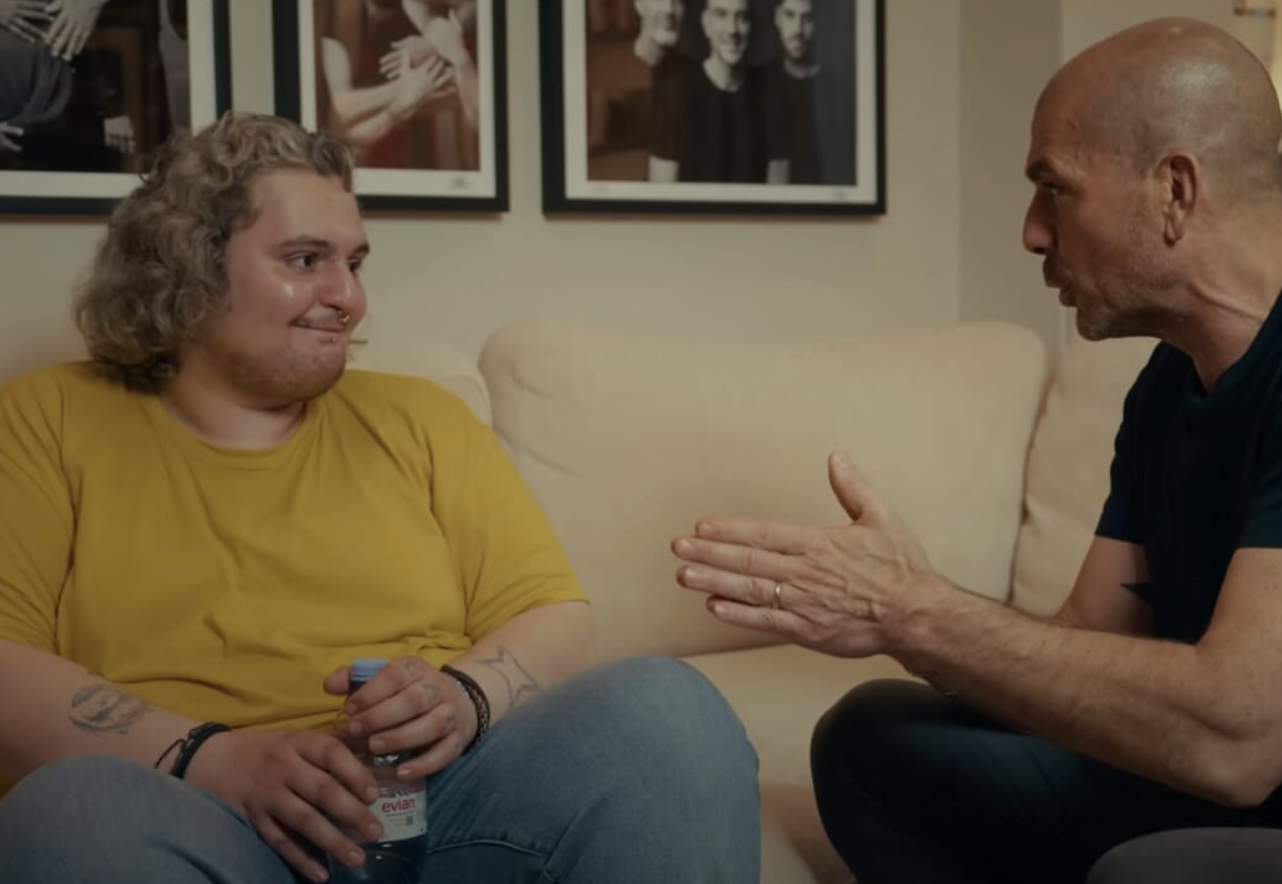PROSTHETIC-GUIDED IMPLANTOLOGY
For many years, it has been clear to anyone involved in implantology that the crucial point for the long-term success of the therapy is the connection between implant and abutment. The connection gap and micro movements at the interface involve bacterial colonization which produces toxins, causing inflammation and tissue remodeling that often results in coronal bone loss around the implant emergence.
The challenge that we currently intend to overcome in implant prosthetics is precisely linked to acquiring greater stability of the peri-implant tissues over time .
But how to get it?
As early as 1959, Tramonte, in 1966, Muratori, in 1968, Linkow, and in 1972, Dino Garbaccio designed monobloc screws with an implant body completely embedded in the bone, from which a thin neck emerged and continued into the abutment. An implant design like the one mentioned above resulted in effective healing of the tissue around the implant, since it allowed the peri-implant soft tissue the necessary space, but it also posed several challenges. The small diameters of the abutments, in addition to being subject to fatigue fractures, were not as effective due to increasing demands related to aesthetic factors. This made it difficult to easily correct (except through "unidirectional bending" of the abutments) the problems of disparallelism between the available bone and the prosthetic crown, and between multiple implants to be splinted together.
The classic "two-stage" technique with submerged implants has recently been revised and improved to limit the problem of cortical bone remodeling by distancing the implant-abutment connection from the bone tissue, especially through internal connections with a conical or conometric coupling, which minimize the caliber of the emerging abutment. The principle described is known as "platform switching."
How is it possible, therefore, to mechanically connect the thin neck and the internal connection?
Some companies have resorted to using grade 5 titanium, a more resistant but less biocompatible material, making its use questionable. Other companies, however, placing emphasis on a very precise cone shape that should transform the two-stage implant into a "one-piece" implant, allow for the abutment to be positioned only once, to avoid bacterial contamination, preferably during the first surgery, according to the "one abutment, one time" concept.
Unfortunately, however, it is not always possible to proceed with immediate loading; furthermore, the immediate placement of abutments and the use of temporary removable prostheses would jeopardize the clinical success of the operation. Finally, a protocol like this is quite complex to manage and apply in the case of a prosthetic need that requires the use of inclined abutments.
In summary , according to the majority of authors, even the principle of platform switching applied to biphasic implants does not provide all the answers to the clinical questions of tissue stability under prosthetic loading, combined with ease of use. The development of the Italian B1ONE implant, produced by IDI Evolution, stems precisely from these clinical needs and has, in our opinion, revolutionized the approach to the issues raised. The implant features the world's first intracoronal connection composed of a "Torx-type anti-rotational system" combined with a double cone.
The lower portion features a machined concave neck with reduced crestal bulk for maximum bone preservation and tissue stabilization. Finally, there are three types of threads for different bone qualities: High, Medium, and Low. Even the 2.7 mm diameter implants feature a completely solid neck and are therefore able to mechanically handle loads.
Obviously, careful patient selection and biomechanically sustainable implant-prosthetic design, respecting the indications for use, are essential. Straight, angled, MUA, or articulated abutments can be used on these implants. Dedicated Link abutments that allow for the correction of disparallelisms of up to 50 degrees in total.
In summary, we can say that B1ONE It is effectively a two-stage implant, yet it has the characteristics of a one-piece, single-stage implant in terms of connection and bacterial colonization! Implantology 2023: the goal is to maintain peri-implant tissue! It is no longer possible to separate implantology from rehabilitation needs. The concept of "prosthetically guided implantology" is now absolutely imperative for every implantologist. And naturally: implants are placed for prosthetic purposes, to provide patients with function and aesthetics that can improve their quality of life.
We therefore believe it is essential to use implant design software that allows for a thorough study of the jaw to be treated, taking into account, in addition to bone availability and the noble structures to be preserved, biomechanics, inter-implant distance, the position of the definitive crowns to be made, the final aesthetics, etc.
Today's implantologists have two major advantages over the pioneers of the past. The advent of 3D radiology, first CT and now CBCT, and the advent of digital technology. Today, it's possible to precisely "see" not only the bone availability in real-world dimensions, but also the expected final outcome of our rehabilitation. All this before even beginning our surgical work.
Each choice can be evaluated and planned virtually before the surgery, allowing the clinician to consistently achieve a high standard of quality and reliability for their patients.
Below is a clinical case of a full arch which highlights the above.
The patient's initial situation and her OPT X-ray reveal poor aesthetics and poor periodontal support of the residual teeth. These were the only supporting data from implantologists in the past, but they were insufficient for an accurate diagnosis, which would allow for a well-planned treatment plan, and, more importantly, for the optimal implementation of the planned prosthetic project with a specifically designed implant placement.
The CT scan shows limited horizontal bone availability. Surgical planning is carried out taking this factor into account, but above all, considering the prosthetic emergency required for rehabilitation, with six implants being placed, with the distal ones inclined at 15 degrees divergent (total disparallelism of 30 degrees).
The use of Dedicated abutments Link allows for the correction of the highlighted disparallelism. It is clear that planning must also take into account the noble anatomical structures to be respected, the inter-implant distances, and the biomechanical requirements of the prosthetic rehabilitation to be performed.
Surgical execution using a drilling template. “Guided surgery” It should not be used to perform flapless surgery, although it is sometimes possible, but to position the fixtures in the best possible way from a surgical point of view and above all for our prosthetic purposes, as designed in the software.
Positioning of the link and titanium cannulas . The pre-constructed prosthesis, with a fully digital metal bar, is passivated using dual-curing composite cement.
Immediate loading provisional phase.
Once tissue healing and implant integration have been confirmed , impressions are taken. which is done digitally with an intraoral scanner.
The study of inter-arch relationships and dynamic mandibular movements is always detected digitally with the system Itaka Cyclops , also using the data provided by the temporary prosthesis used by the patient up to that point. Above as an explanatory the “bolus chewing” graph .
This results in definitive prostheses that adapt perfectly to the patient's jaw dynamics.
In the following session , the precision of the implant position is ascertained. detected using a prototype aluminum bar, which allows for visual checks of the fit and the execution of the Sheffield test with x-ray.
The aesthetics, vertical dimension and mandibular exclusive movements are verified with a resin test simulating the final appearance of the rehabilitation.
Final rehabilitation of the patient with full zirconia prosthesis.
Case study by Dr. Massimo Fagnani
Read the article on Odontoiatria33.












Share: